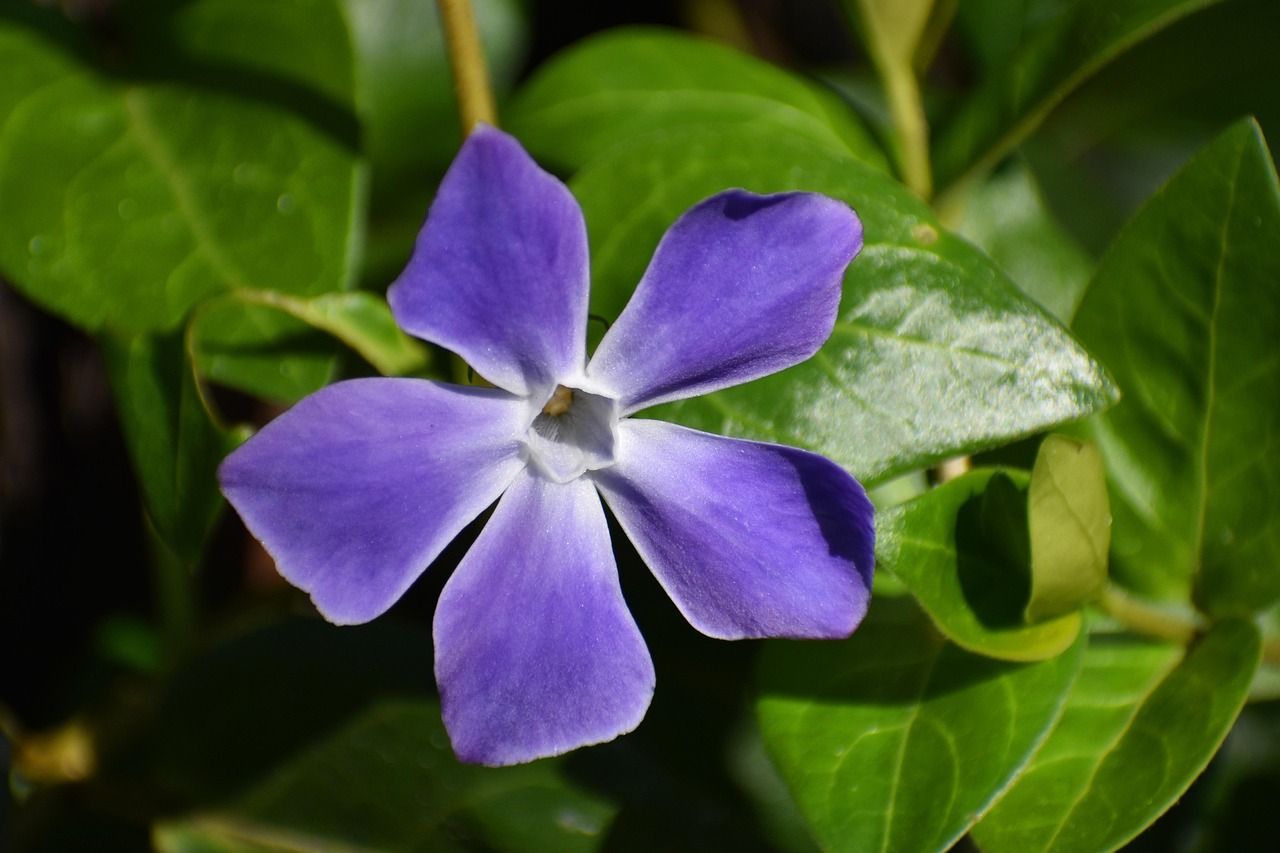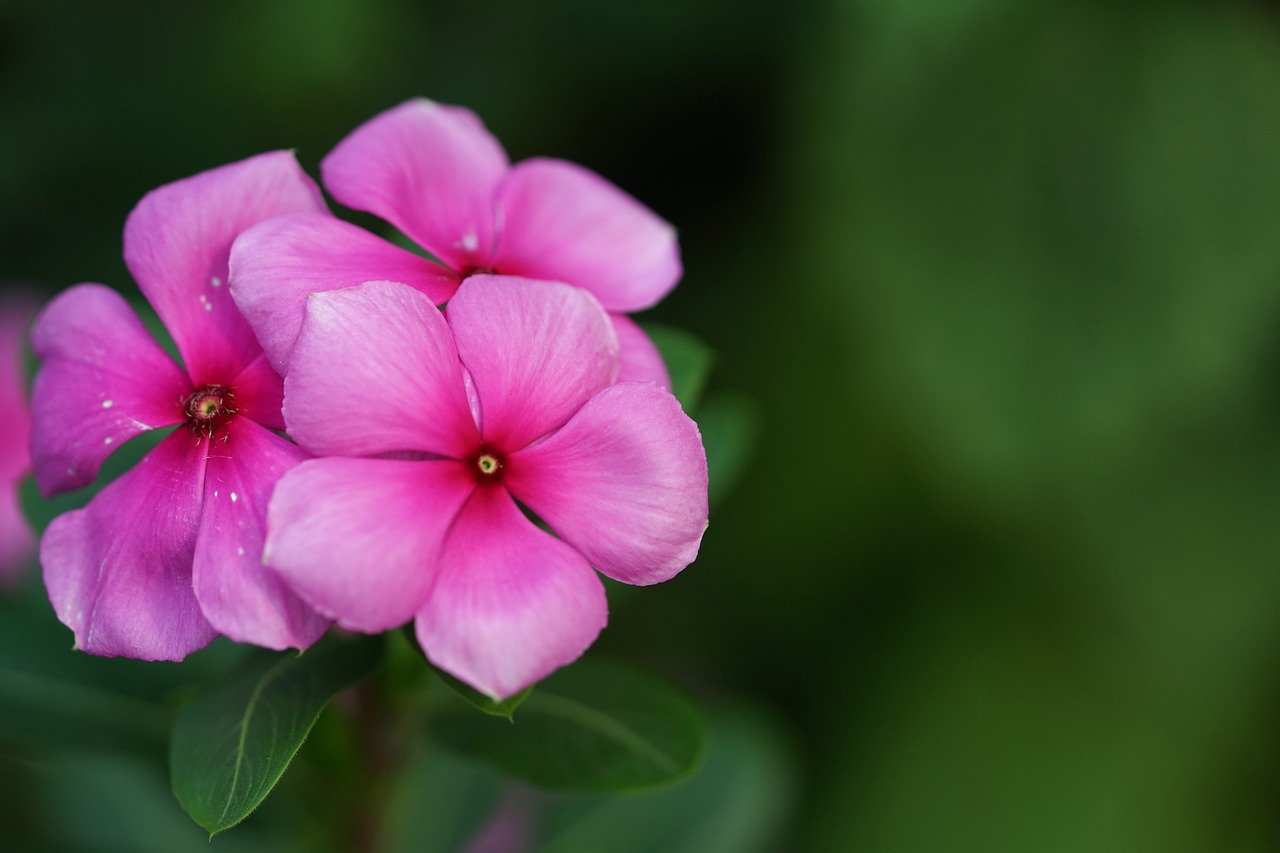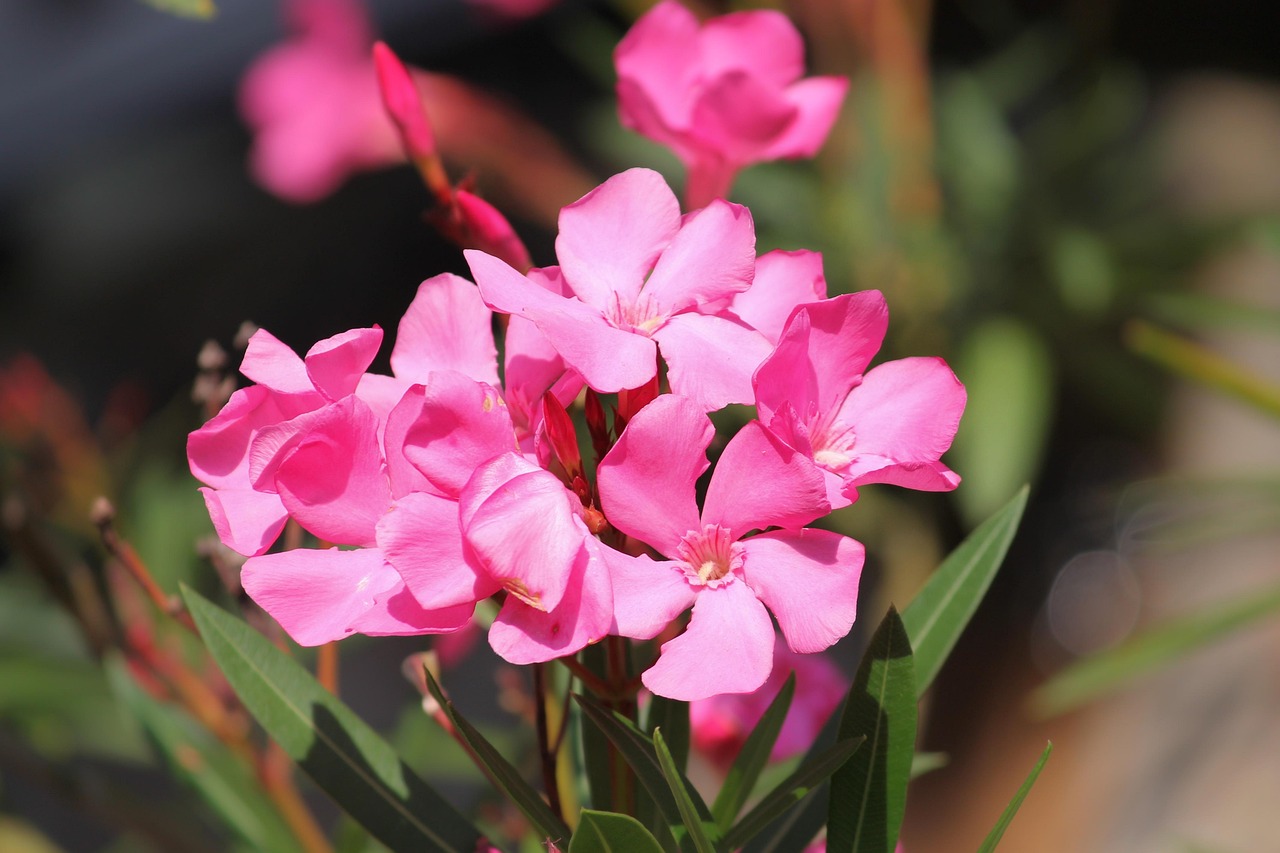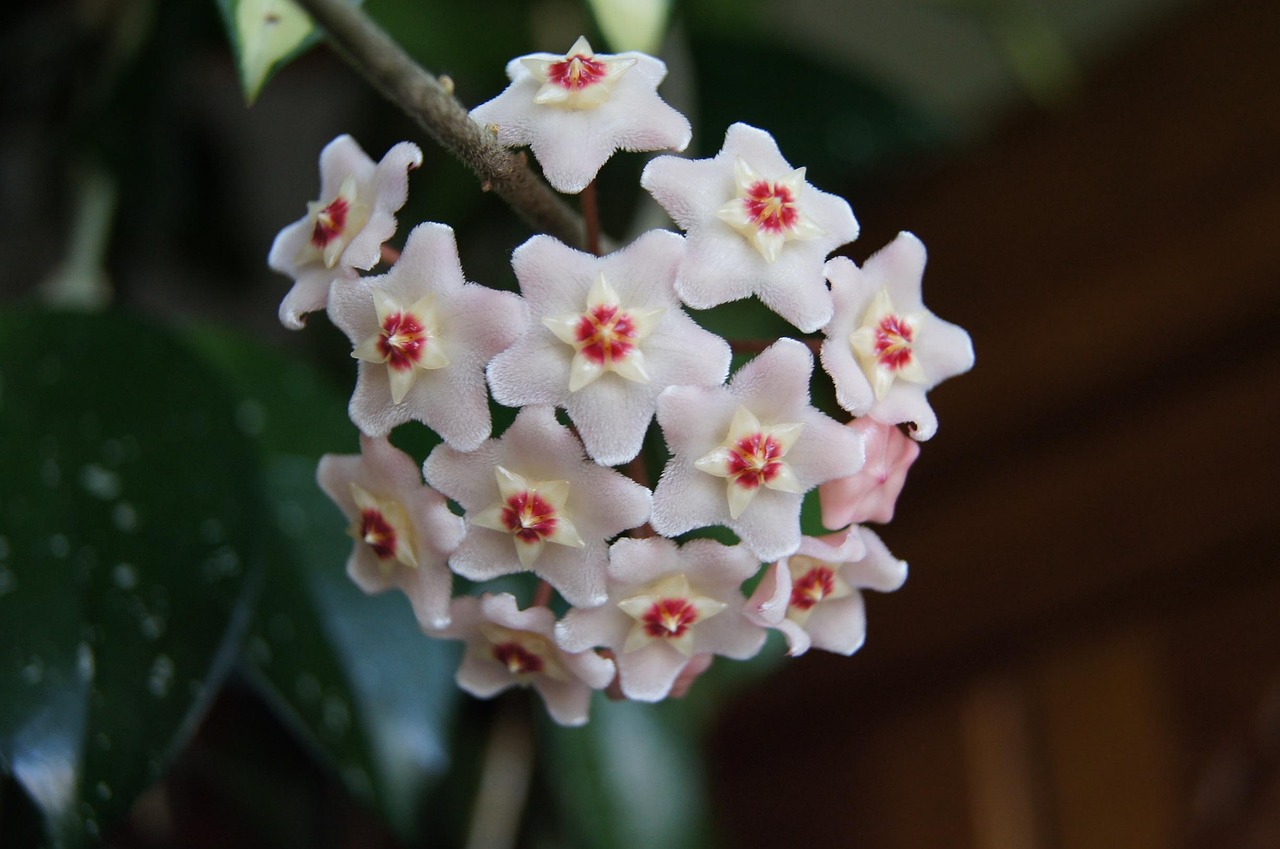Plumeria | A Symbolic Flower of the Tropics, Cherished for Its Fragrance of Paradise
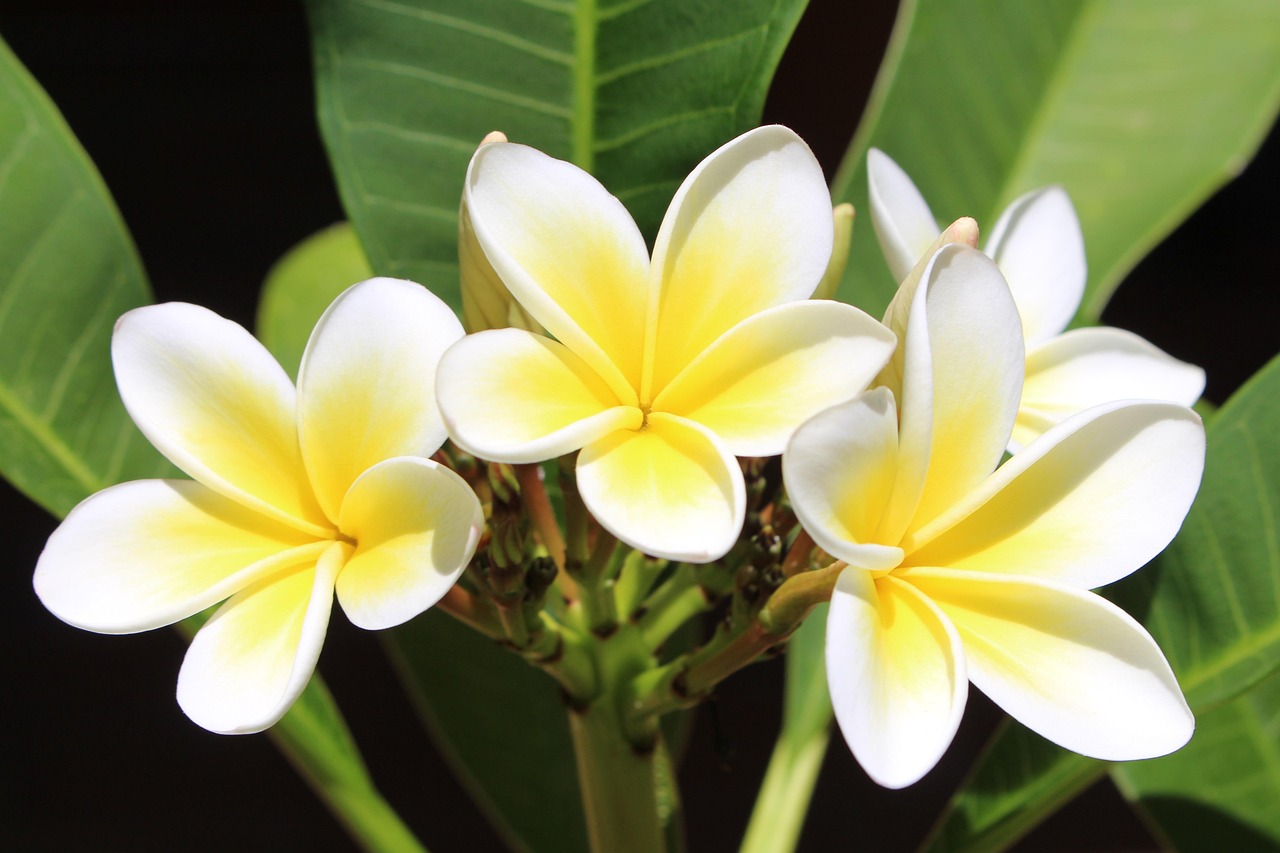
I introduce Plumeria, a tropical plant admired for its sweet and rich fragrance as well as its vivid blossoms. This flower is not only beautiful in appearance but also carries symbolic meanings in many cultures.
In this article, I explain the essential information about Plumeria, its cultural and historical significance, and advice on how to grow it.
Basic Information
- Scientific Name: Plumeria spp.
- Family: Apocynaceae
- Origin: Central and South America, Caribbean Islands
- Appearance: A shrub or small tree with thick leaves and vibrant flowers in white, pink, yellow, or red. The petals are rounded, and many flowers have centers in contrasting colors.
- Blooming Season: It blooms for a long period from spring to autumn, and in warm climates, it may flower year-round.
Cultural Significance Around the World
Plumeria is regarded as a true symbol of the tropics and holds special meanings across the world.
In Hawaii, it is known as the “lei flower” and is used to create flower garlands called leis. As a symbol of welcome and blessing, it has long been given to loved ones or used during ceremonies, conveying warmth and kindness.
In Southeast Asia, plumeria is often planted around temples and shrines, where it is considered a sacred flower. In Thailand and Bali, it is offered to the gods as a symbol of purification and prayer.
In Europe, meanwhile, it gained popularity as an ornamental plant. From the 18th century onwards, greenhouse cultivation spread in France. Its sweet fragrance also drew attention in perfumery, where it became loved for its exotic charm.
Historical Background
The name “Plumeria” comes from Charles Plumier, a French botanist of the 17th century, who introduced the flower to Europe and sparked an interest in tropical plants.
In the indigenous cultures of Central and South America, plumeria symbolized vitality and rebirth, often used in rituals. Among the Maya, it was considered a sacred tree, frequently appearing in mythology and decorative arts.
By the 19th century, European botanists spread plumeria worldwide, leading to its cultivation in many warm regions. Today, it is enjoyed not only in the tropics and subtropics but also through greenhouse cultivation across the globe.
Gardening Advice
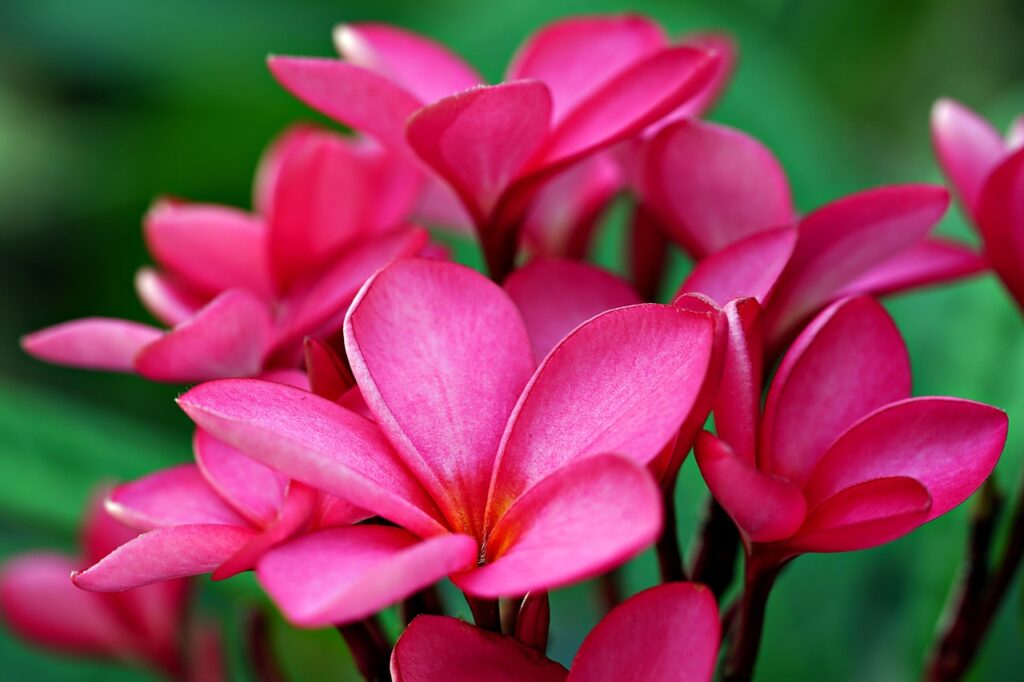
To enjoy its beautiful blossoms, plumeria requires proper care and environment.
Sunlight
Prefers full sun. Insufficient light reduces blooming.
Watering
During the growing season, water thoroughly when the soil surface is dry. Avoid overwatering and ensure good drainage. Reduce watering in winter.
Soil
Well-draining sandy soil is best. Commercial cactus or succulent soil works well.
Fertilizer
Apply a phosphorus-rich fertilizer once or twice a month during the growing season to encourage flowering.
Cold tolerance
Not hardy in cold climates. In winter, potted plumeria should be moved indoors.
Conclusion
Plumeria, with its vivid colors and sweet fragrance, is a flower beloved across tropical regions such as Hawaii and Southeast Asia.
Since its introduction to Europe in the 17th century, it has spread worldwide as an ornamental plant and perfume ingredient. By growing it in your garden or in pots, you can bring the tropical atmosphere closer to your daily life.


